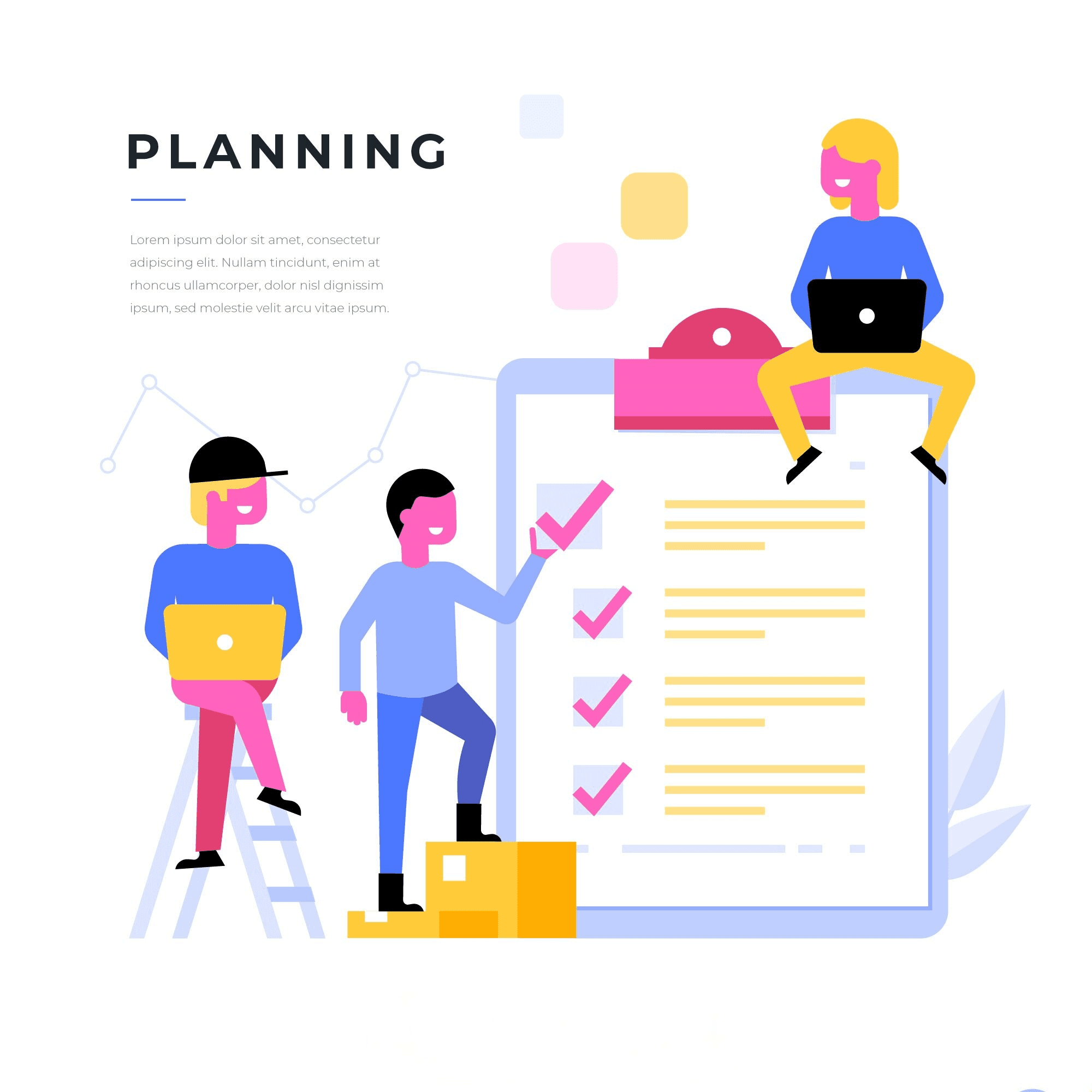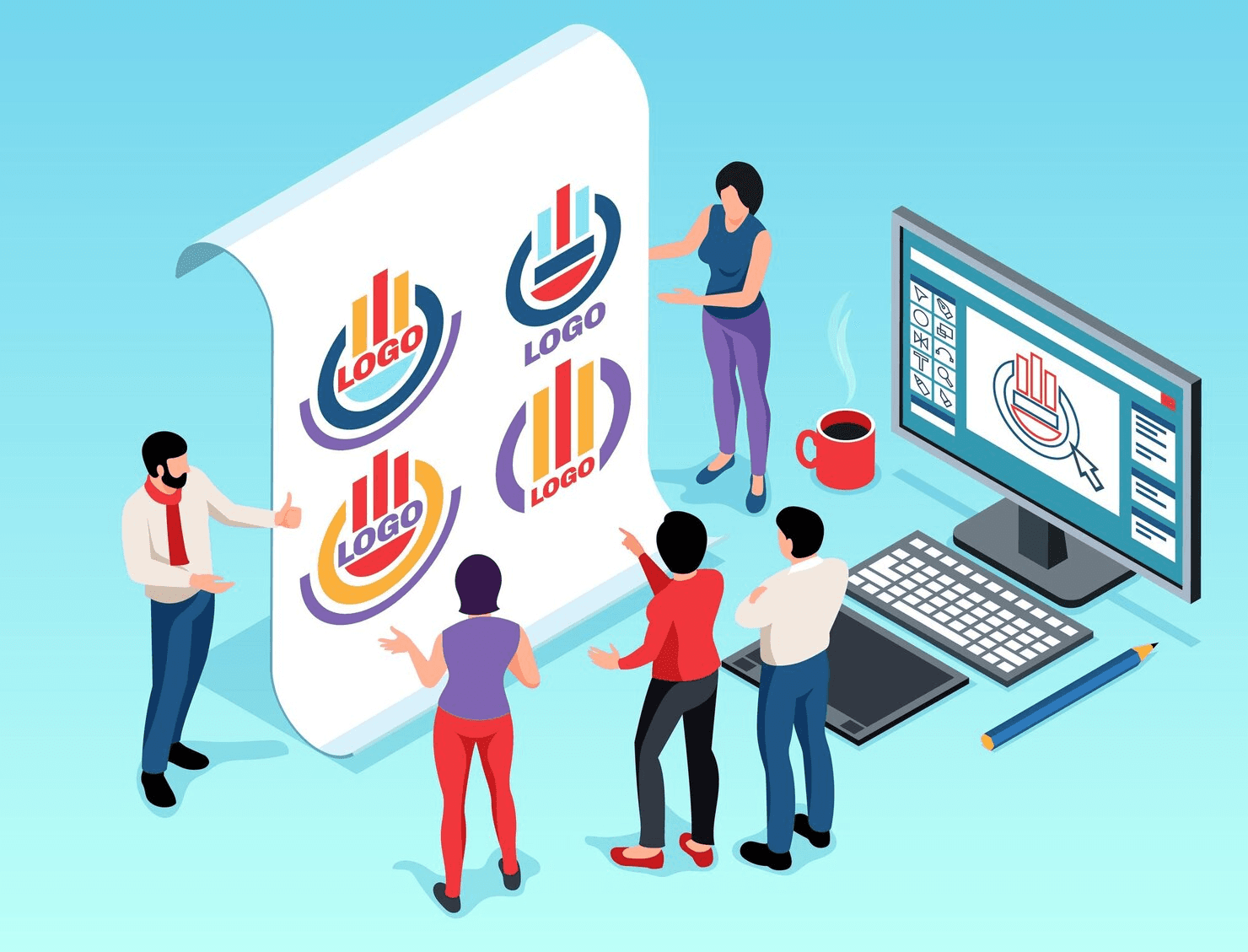Managing multiple projects with limited resources can overwhelm even the most experienced professionals.
Without the support of dedicated project managers, small business owners, freelancers, and agency heads face increasing pressure to stay on top of a growing number of tasks, tight deadlines, and client demands. As the workload multiplies, it’s easy to feel like you’re swimming in a sea of priorities with no clear way out.
But there’s a way to regain control without breaking the bank. You don’t have to continue navigating this chaos alone—there are affordable solutions that can simplify your project management approach.
Could it be possible to streamline your processes, boost productivity, and still have time for a coffee break? Well, let’s see!
Understanding the Core Challenges of Project Management for Small Teams
Managing projects without dedicated project managers often results in confusion and inefficiency. The lack of central oversight means that tasks can slip through the cracks, timelines get missed, and priorities shift unpredictably.
Small businesses, especially freelancers and solo professionals, often juggle multiple projects, each with its own unique set of demands.
Project management tools provide a much-needed structure to handle these complexities. They ensure that tasks are clearly defined, deadlines are met, and communication remains streamlined.
By implementing a project management system, professionals can better navigate these challenges, reducing stress and improving overall work quality.
Prioritizing Project Management Features for Small Teams
When working with small teams or as a solo professional, not all project management features are created equal. The key to maximizing productivity on a budget lies in selecting the features that are most relevant to your needs.
Prioritize tools that support task tracking, deadline management, and collaboration. Avoid overly complex features that can become a distraction or hinder your workflow.
Simple, user-friendly interfaces are crucial. A tool that offers easy-to-use templates, intuitive dashboards, and drag-and-drop functionality can save you countless hours. Prioritize tools that integrate seamlessly with your existing workflows, reducing the need for additional software.
Balancing Flexibility with Structure
One of the primary concerns when managing projects without a dedicated project manager is finding the balance between flexibility and structure. Too much flexibility can lead to chaos, while too much structure can stifle creativity and lead to frustration.
A good project management tool allows for adaptable workflows that can accommodate changes while keeping tasks on track.
By setting up customized workflows, small business owners can ensure that their teams maintain a degree of flexibility while adhering to necessary deadlines. Tools that allow for task prioritization, milestone tracking, and adjustable timelines can help maintain the right balance.
Reducing Administrative Burdens and Focusing on Clients
The time spent on administrative tasks can quickly pile up, taking valuable attention away from client work. Project management tools can automate much of the administrative workload, such as status updates, reporting, and time tracking. This not only saves time but also ensures that work stays on schedule and clients are kept in the loop.
Task assignment, progress tracking, and document sharing can all be managed through a centralized platform, allowing professionals to spend more time doing what they do best—working with clients. Automation can also eliminate repetitive tasks, reducing the chances of errors and missed deadlines.
Streamlining Processes Without Sacrificing Quality
Efficiency doesn’t have to come at the expense of quality. With low-cost project management tools, small businesses can streamline their processes while maintaining high standards. Key features to look for include project templates, resource allocation, and task dependencies.
These features help ensure that projects move forward in an organized manner, without unnecessary bottlenecks. By setting clear expectations from the outset and using tools to manage workloads effectively, small businesses can enhance productivity without sacrificing the quality of their output.
Evolving Task Delegation in Small Teams
Task delegation can be tricky when there isn’t a dedicated project manager to oversee the process. However, by using project management tools, professionals can establish clear roles and responsibilities, even when working with small teams or independently.
Delegation becomes more transparent, and everyone knows exactly what they need to do and when it needs to be done.
Task delegation is particularly important when managing multiple projects simultaneously. By organizing tasks by priority and ensuring that each team member or freelancer knows their responsibilities, the risk of confusion and missed deadlines is greatly reduced.
The Role of Automation and Integrations in Project Management
Automation and integrations play a significant role in improving efficiency, particularly for small businesses without dedicated teams. Automating repetitive tasks, such as email reminders, task assignments, and status updates, allows professionals to focus more on the creative and strategic aspects of their work.
Project management tools that integrate with other systems, such as email, CRM software, or time-tracking apps, help ensure that everything stays in sync without the need for manual input. This leads to a smoother workflow and reduces the chances of errors caused by outdated or disconnected information.
Keeping the Project Management System Simple and User-Friendly
The project management tool mustn’t become an additional burden on an already overburdened professional. Simple, intuitive platforms allow users to quickly get up to speed and make the most of the tool’s features without feeling overwhelmed.
A streamlined system that prioritizes ease of use ensures that professionals spend more time working on projects and less time learning how to navigate complex tools.
Customization is important, but it should not come at the cost of simplicity. Ensure the tool is easy to adapt to different projects without getting bogged down by too many options or features that aren’t necessary for your day-to-day tasks.
Tracking Project Progress Without Micromanaging
Tracking progress is essential, but micromanaging can lead to inefficiency and burnout. Project management tools can help professionals monitor progress through visual timelines, Gantt charts, or task boards, giving a clear overview of where things stand without constant check-ins. These tools offer transparency, making it easy to spot any potential delays or issues early on.
With the right setup, project management tools can track milestones, deliverables, and deadlines, keeping the focus on big-picture goals rather than getting caught in the weeds.
Key Features for Budget-Conscious Professionals
When working with limited budgets, professionals need to focus on the most essential features that will offer the best return on investment. Task tracking, time tracking, document sharing, and communication features are fundamental, and they should be prioritized over more advanced functionalities that may not be as necessary.
Low-cost project management tools provide the essential functionality needed to run a project smoothly while keeping costs in check. This ensures that even professionals with limited resources can maintain organized and productive workflows.
Enhancing Collaboration and Managing Client Feedback
Collaboration is at the heart of any successful project, and project management tools can enhance this by providing a shared space for communication and file sharing.
The ability to centralize communication and feedback is invaluable when working with remote teams or clients. By using a project management system, professionals can ensure that everyone involved in a project has access to the latest updates, documents, and discussions.
Incorporating client feedback and revisions is also easier when everything is stored in one place. This reduces the chances of miscommunication and ensures that changes are tracked and implemented efficiently.
Managing Multiple Projects Simultaneously
Handling multiple projects with different timelines and requirements can quickly become chaotic without a solid system in place. Project management tools provide a way to visualize all ongoing projects, helping professionals manage priorities and ensure that deadlines are met across the board.
By categorizing tasks and milestones for each project, professionals can stay organized, ensuring that no task is overlooked, no matter how many projects they are juggling.
Aligning Client Expectations and Communication
Client communication is key to ensuring that expectations are aligned and deadlines are met. Project management tools allow for clear and transparent communication with clients, keeping them informed about progress and any changes in the project.
Features like progress tracking, milestone updates, and document sharing ensure that clients are always in the loop. Setting realistic expectations from the beginning and keeping clients informed through regular updates will help build trust and minimize misunderstandings.
Cost-Effective Strategies for Project Management
Not all project management tools require a significant investment. Professionals can leverage low-cost tools that offer the core features necessary to keep projects organized and on track. Open-source tools, or tools with affordable subscription plans, can help maintain clarity and control without overspending.
Utilizing free versions of project management software or selecting cost-effective platforms can provide the necessary features for tracking tasks, deadlines, and client feedback, without breaking the bank.
Conclusion
Effective project management is crucial for small businesses that aim to boost productivity without the need for dedicated project managers. Low-cost tools make it possible to streamline workflows, reduce administrative work, and foster better collaboration.
This allows small business owners to stay focused on delivering quality results, despite tight budgets. With the right tools, professionals can manage tasks, monitor progress, and communicate more efficiently, helping them scale operations without overwhelming complexity.
For just $1 per user, Pinrom provides an incredibly affordable project management solution to help you stay organized and focused on what truly matters.








